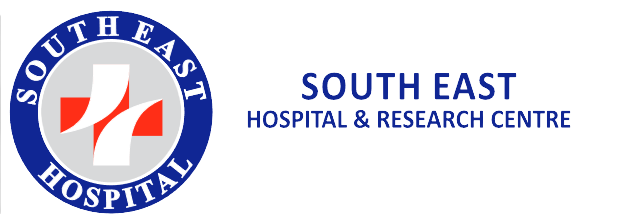Conservative management
The conservative management options available for strabismus include observation, occlusion, optical, orthoptic exercises and the use of prisms. A summary of the options and the indications for use are available in Figure 1. Some of these options can be used diagnostically and therapeutically, however, only the therapeutic options will be discussed in this article.
Figure 1: A summary of conservative management options for concomitant strabismus.
Management option: Observation
Indications:
-
Well-controlled intermittent deviation in young patients with potential risk of amblyopia
-
Parent / patient refuses treatment
-
Uncertainty of how best to treat, e.g. variable test results
What to do:
-
Regular orthoptic assessments to assess the patient’s VA, control of deviation (e.g. cover test, controlled binocular acuity and Newcastle control score), angle of deviation and BSV.
Management option: Occlusion
Indications:
-
To treat amblyopia
-
To relieve diplopia
What to do:
-
Options include conventional patching or Atropine 1% twice weekly
-
Follow PEDIG guidelines
-
Allow refractive adaptation
Management option: Optical
Indications:
-
To improve VA
-
To improve BSV
What to do:
-
Prescribe the full hypermetropic correction if patient esotropic
-
Trial extra plus lenses (up to +3.00DS) if convergence excess suspected
-
Trial minus lenses (up to -3.00DS) in intermittent distance exotropia
Management option: Orthoptic Exercises
Indications:
-
To improve BSV and alleviate symptoms
-
Wean out of extra lenses and prisms
What to do:
-
For eso deviations, focus on improving negative fusional amplitudes and negative relative vergence
-
For exo deviations, focus on improving convergence, positive fusional amplitudes and positive relative vergence
Management option: Prisms
Indications:
-
To alleviate symptoms and restore BSV
What to do:
-
For eso deviations, base-out (BO) prism
-
For exo deviations, base-in (BI) prism
- Category
- Services


